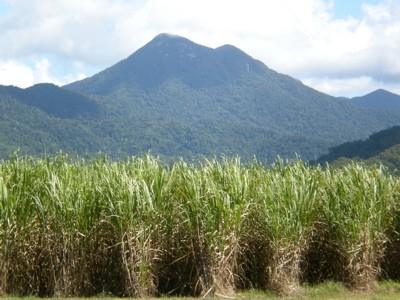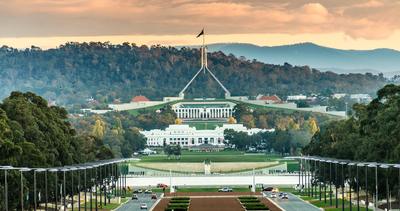Abandoned Farms for Sale in Australia
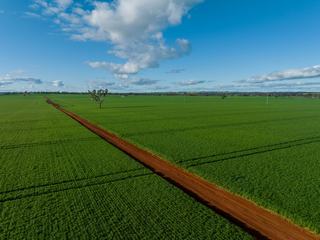

Abandoned Farms for Sale in Australia
The dream of escaping city life for a peaceful rural existence has captured the imagination of over 40% of urban Australians, according to recent property surveys. Making a tree change isn't just about lifestyle anymore; it's about discovering genuine opportunities in the form of abandoned farms for sale across the countryside. These neglected rural properties represent a unique chance to secure your own rural escape at potentially bargain prices, whilst contributing to the revitalisation of Australia's agricultural heartland. This comprehensive guide will walk you through everything you need to know about finding these hidden gems, from locating listings to understanding renovation costs, helping you navigate the buying process with confidence and clarity as you embark on your journey to countryside ownership.
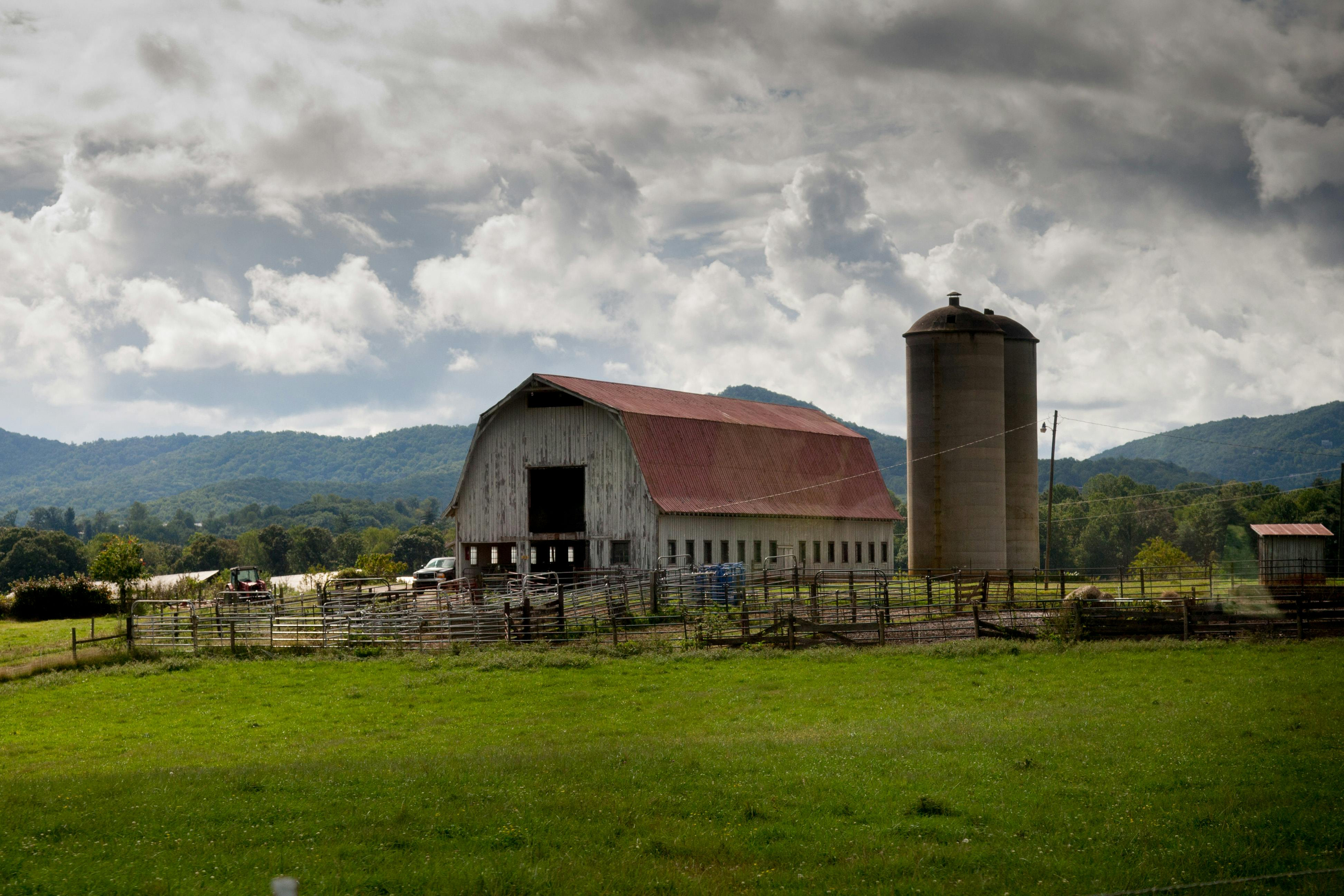
Understanding how to Find Neglected Rural Properties
Finding abandoned farms for sale requires a strategic approach that goes well beyond scrolling through mainstream real estate portals. The most promising neglected rural properties often lurk in specialised corners of the market, accessible only to those who know where to look. Start by expanding your search vocabulary.
Instead of just "farms for sale," try terms like "deceased estate," "mortgagee sale," "fixer-upper rural," or "as-is agricultural land" to uncover properties that others might overlook.
Furthermore, local knowledge proves invaluable in this search, so don't hesitate to contact rural councils directly, as they often maintain lists of properties with outstanding rates or abandoned holdings that may soon come to market. Stock and station agents in regional areas frequently know about properties before they're officially listed, whilst attending local clearing sales and agricultural shows can connect you with farmers and locals who might know of unmaintained rural properties available for purchase.

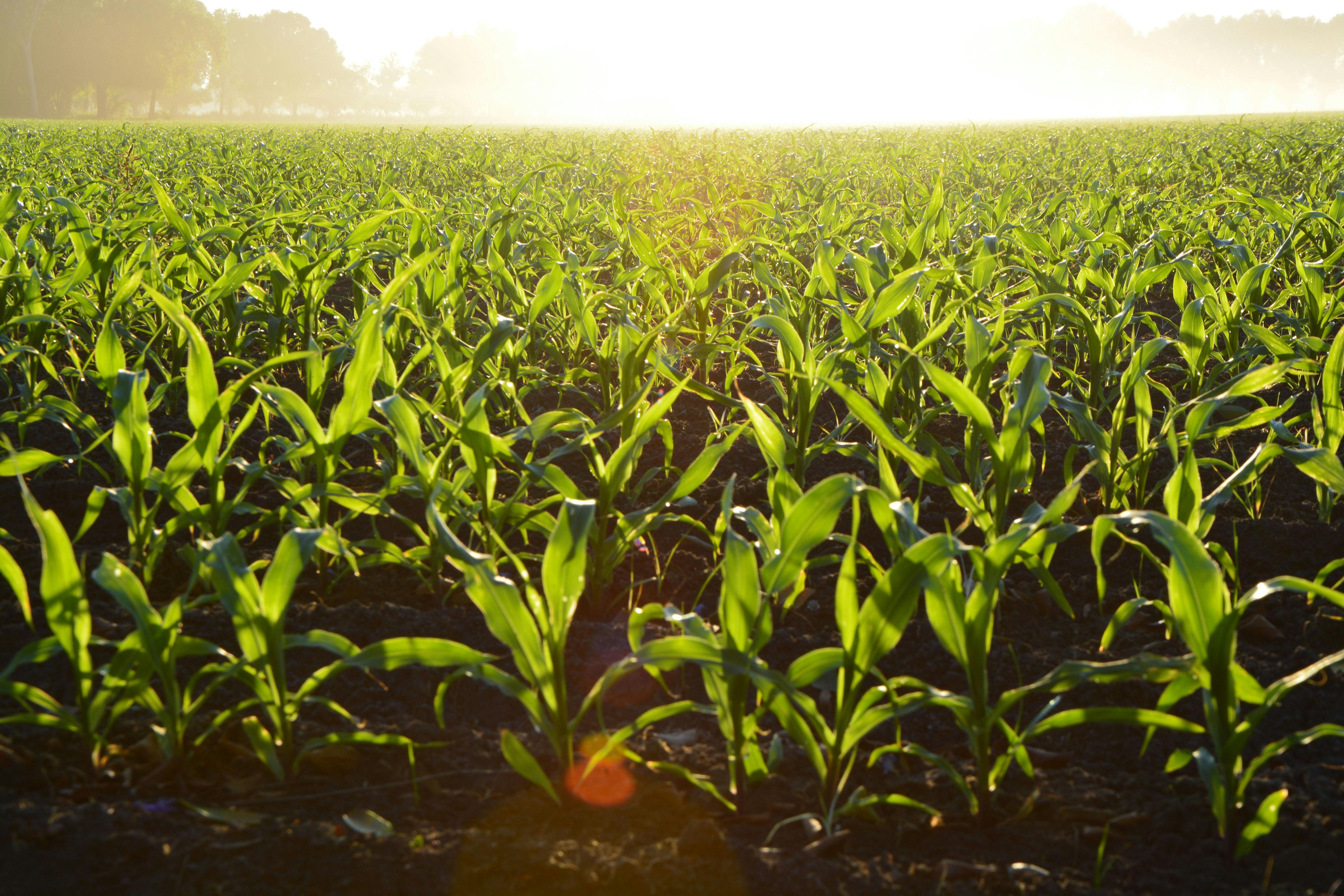
Best Platforms for Unused Agricultural Land Listings
Several specialised platforms cater specifically to those seeking derelict rural homes and unused agricultural land across Australia. Farmbuy.com offers dedicated sections for vacant land and off the grid. Government departments occasionally auction crown land or repossessed properties through platforms like the NSW Department of Planning and Environment's ePlanning Portal or Queensland's QldGlobe, where you can identify parcels of unworked rural land available for purchase. When using these sites, set your filters to include properties listed as "as-is," "original condition," or "renovator's delight," and don't overlook the auction sections where foreclosed properties often appear at below-market prices.
Tips for Finding Cheap Abandoned Farms for Sale
Securing cheap abandoned farms for sale requires patience and strategic thinking about location and timing. Focus your search on regions experiencing population decline or areas more than three hours from major cities, where demand remains lower and sellers may be more motivated. Property auctions, particularly mortgagee sales and deceased estates, frequently offer the best opportunities for bargains, as banks and executors often prioritise quick sales over maximum price. Look for listings that have been on the market for more than six months, as sellers become increasingly negotiable over time. Consider properties with titles like "renovator's dream" or "needs TLC," which typically indicate significant work is required but come with correspondingly lower price tags. Regional newspapers and local Facebook marketplace groups often feature abandoned rural properties for sale that haven't made it to major listing sites, whilst building relationships with local real estate agents who specialise in rural properties can give you early access to new listings before they're widely advertised.
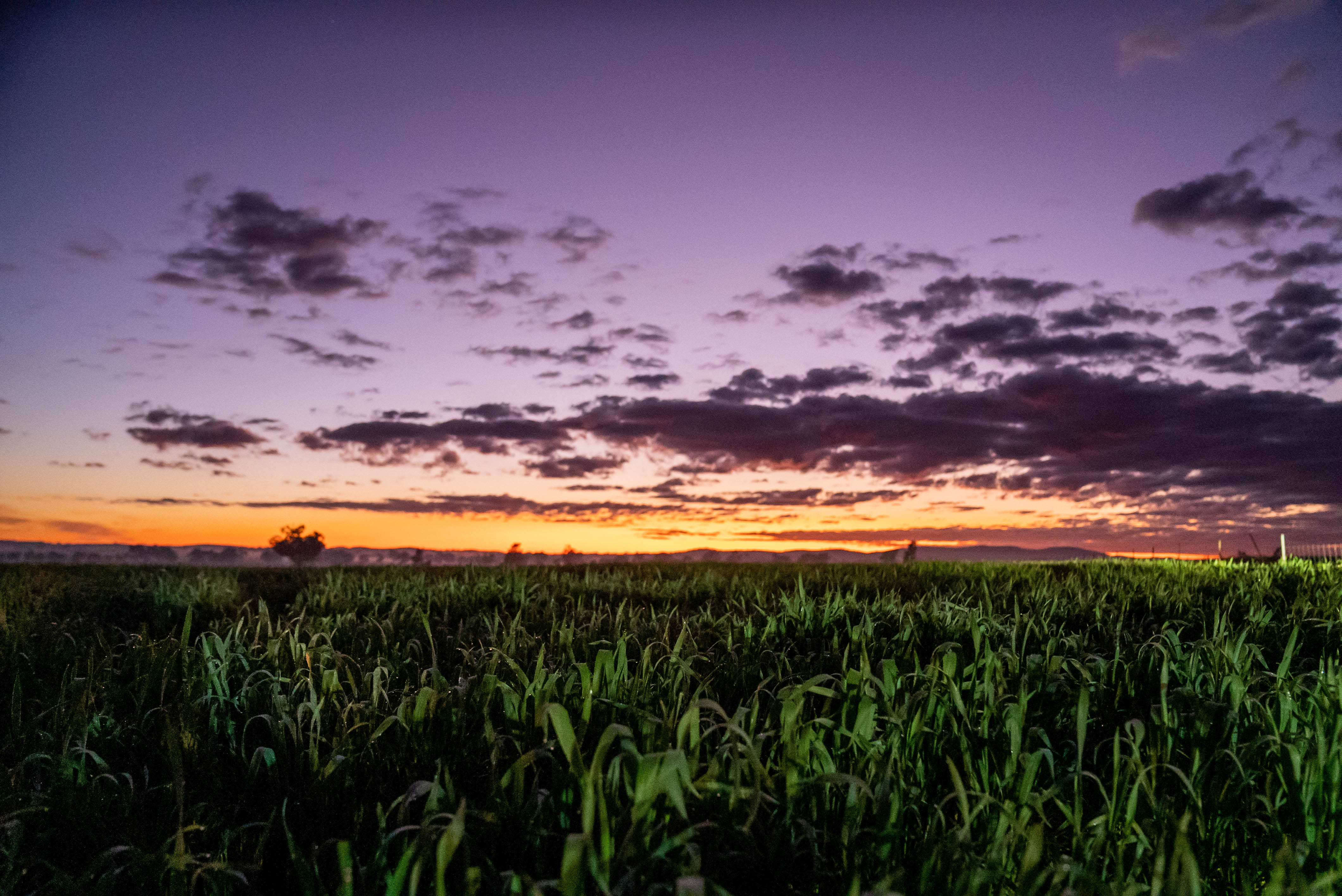
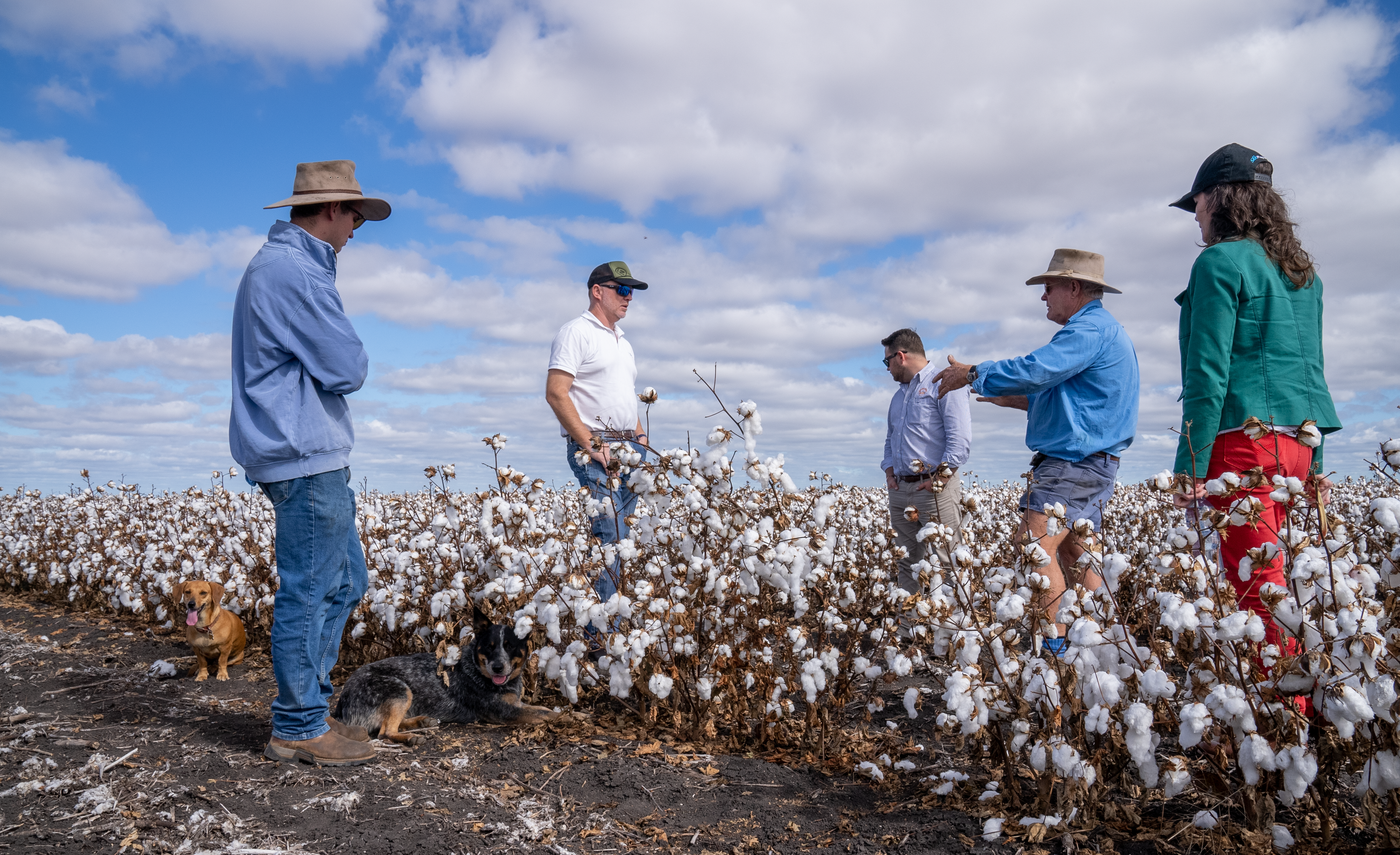
Where to find your rural diamond in the rough
Finding abandoned farms requires strategic searching across multiple platforms, with Farmbuy.com leading as a specialist portal featuring over 8,660 rural properties nationwide, offering comprehensive search filters by state, region, and property type with email alert functionality. When searching these sites, use keyword variations beyond "Vacant land"—try "derelict farms", "run down farm", "deceased estate rural", "hobby farm", and "rural retreat" to capture properties marketed under different descriptions.
Set up price filters strategically: under $100,000 targets very remote or small blocks, $100,000-$300,000 captures affordable rural land with basic infrastructure, whilst
$300,000-$600,000 accesses hobby farms with established facilities. Target locations 1-3 hours from regional centres where affordability meets accessibility—areas like Bourke in NSW at $103/hectare median, Richmond in QLD at $120/hectare, Mildura in VIC at $1,753/hectare, Flinders Ranges in SA at $683/hectare, and Yilgarn Shire in WA at $424/hectare represent Australia's most affordable farmland zones.
Repossessed farms and foreclosed farms offer significant value, typically priced 10-50% below market value when banks need quick sales. Real Estate Deals Australia (REDA) specialises in foreclosure listings across QLD, WA, VIC, NSW, and SA with search filters for rural properties. Monitor mortgagee auctions advertised in local newspapers and real estate sites, where banks sell repossessed properties under legal requirement to adequately advertise publicly. Contact property departments directly at major rural lenders—NAB Agribusiness, Rabobank, Commonwealth Bank, and Westpac all handle mortgagee-in-possession sales. For off-market opportunities, drive through target areas identifying abandoned properties, then use council records to locate owners and send letters expressing interest. Network with local rural agents who often know of unlisted properties before public marketing. Monitor probate notices for deceased estates, as State 16
Trustees and executors manage many rural properties that initially remain unlisted. Properties with council rate arrears or tax debts occasionally appear at forced sales, offering motivated-seller opportunities for prepared buyers.
What to Expect from Unmaintained Rural Properties
Unmaintained rural properties typically present a stark contrast to the manicured hobby farms featured in lifestyle magazines, with overgrown paddocks, collapsed fencing, and structures showing decades of weathering and neglect. These abandoned farm houses for sale often lack basic services like mains power or town water, relying instead on old generators, solar systems in disrepair, or rainwater tanks that haven't been cleaned in years. The land itself may be overrun with invasive weeds like blackberry or lantana, whilst boundary fences might be nonexistent or buried under years of vegetation growth. Understanding these realities helps set appropriate expectations and budget accurately for the transformation ahead.
Assessing Existing Farm Houses & Structures
When inspecting old farmhouses on these properties, be prepared for common issues that often plague buildings left unattended for extended periods. Structural problems often include foundation subsidence, particularly in reactive clay soils common across rural Australia, whilst roofs frequently show signs of rust, missing sheets, or collapsed sections from storm damage. Termite damage remains prevalent in older timber structures, especially in Queensland and northern NSW, requiring comprehensive pest inspections to assess the extent of any infestation. Many of these dilapidated farms for sale contain asbestos in wall sheeting, roofing, or insulation a legacy of mid-20th century construction that requires professional removal. Electrical wiring, if present, often fails to meet current standards, whilst plumbing systems may have corroded beyond repair or been damaged by freezing in colder regions.
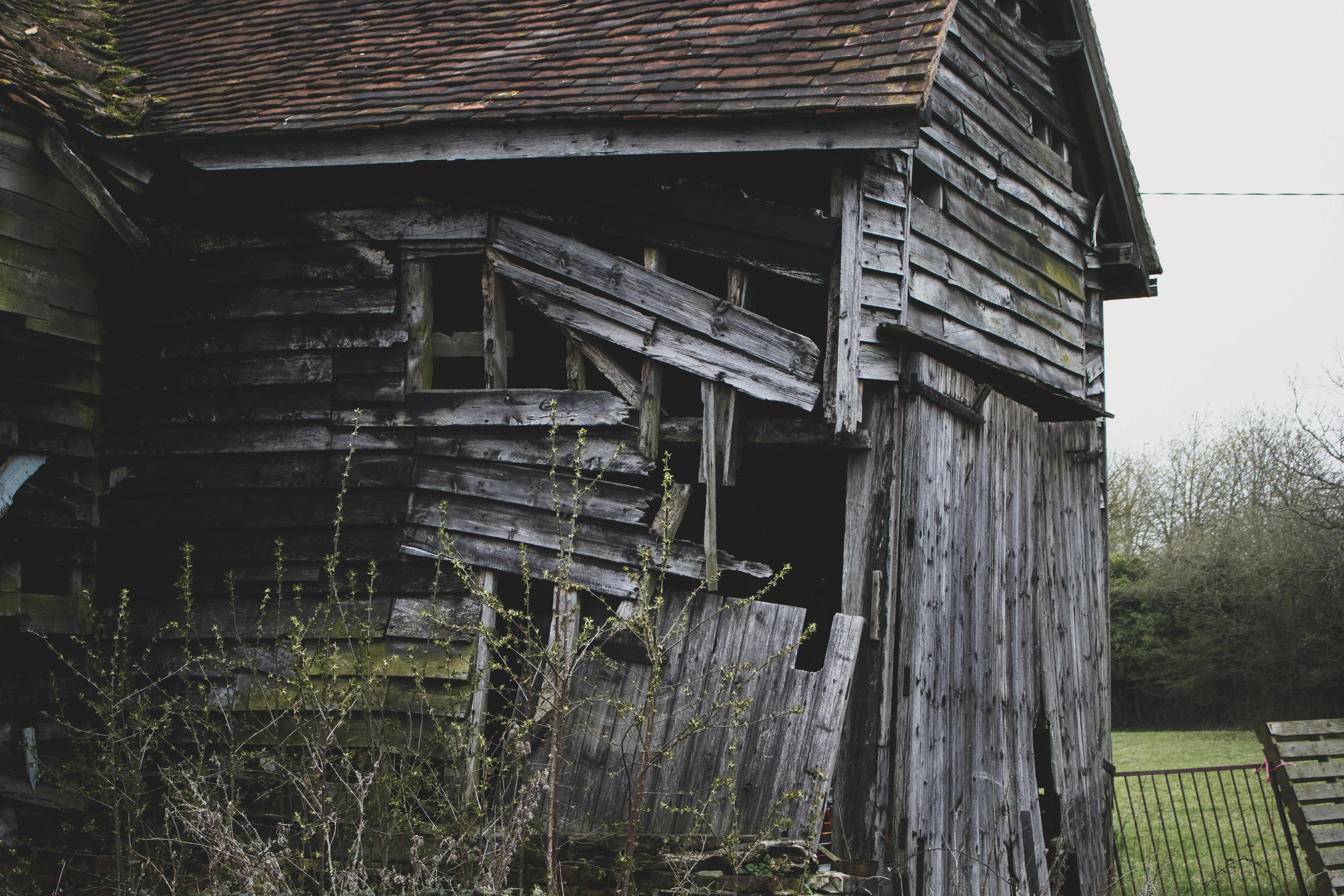
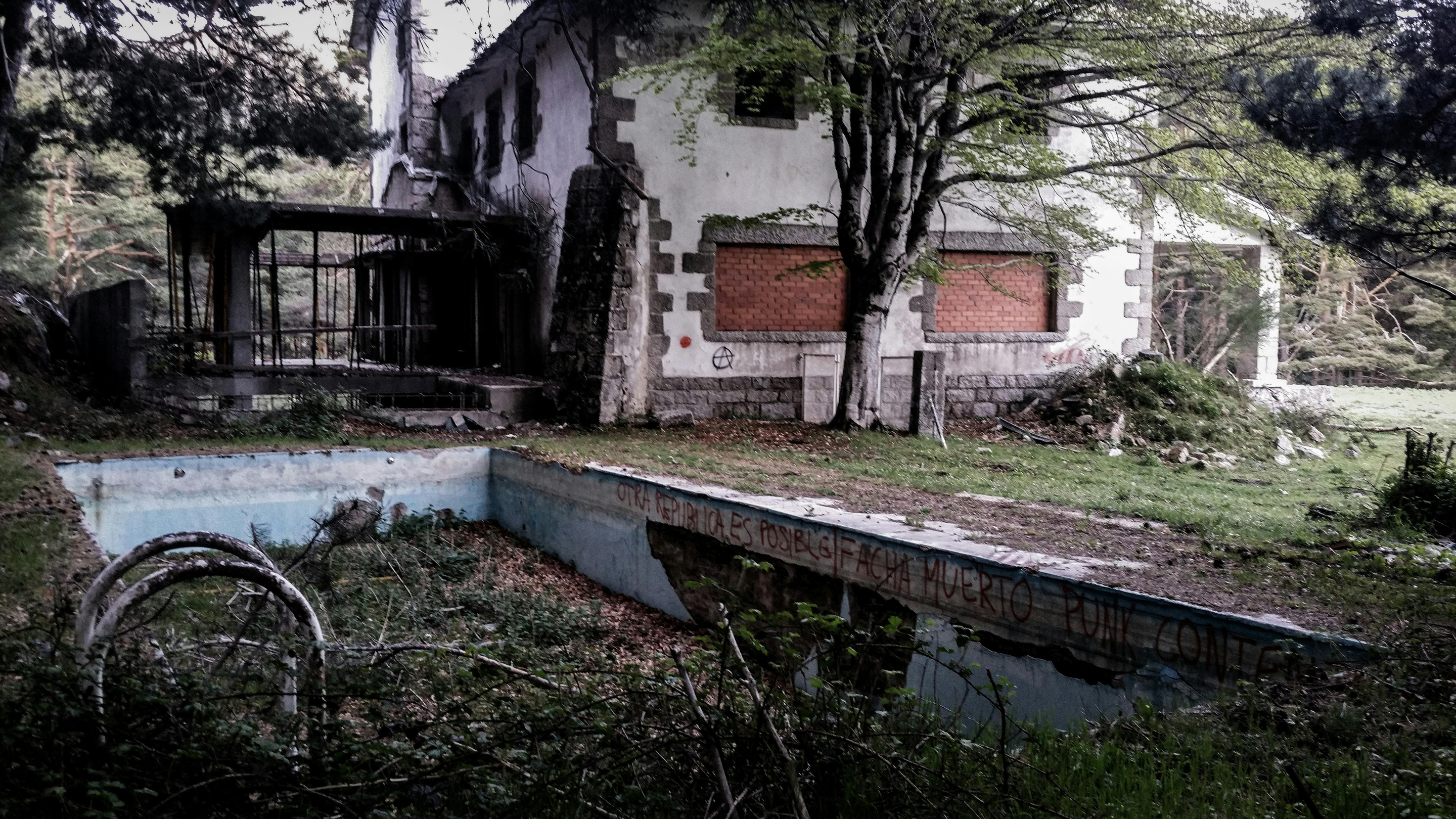
Understanding Land Condition and Size
The condition of neglected agricultural land varies dramatically depending on previous use, climate, and time since last worked. Soil quality on abandoned cattle farms may be depleted from overgrazing or erosion, requiring significant investment in pasture improvement and fertilisation programmes. Water infrastructure represents another critical assessment area. It is important to check whether dams hold water year-round, if bores still function, and whether stock watering points remain operational. Land sizes for these properties range from compact 10-hectare blocks suitable for 19 hobby farming to vast 500-hectare holdings that once supported commercial operations. Consider that larger properties, whilst offering more potential, also demand greater resources for boundary fencing, weed control, and general maintenance.
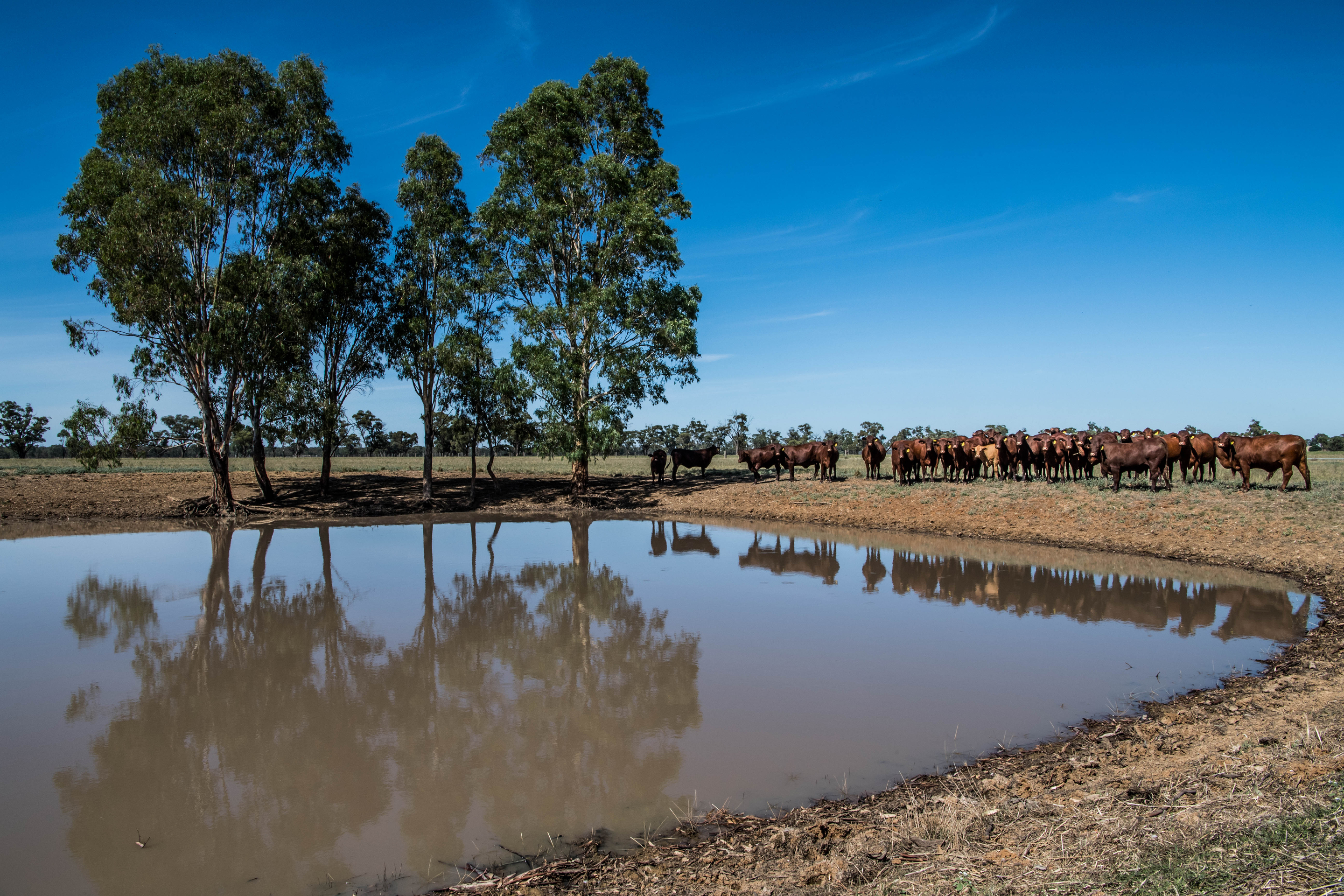
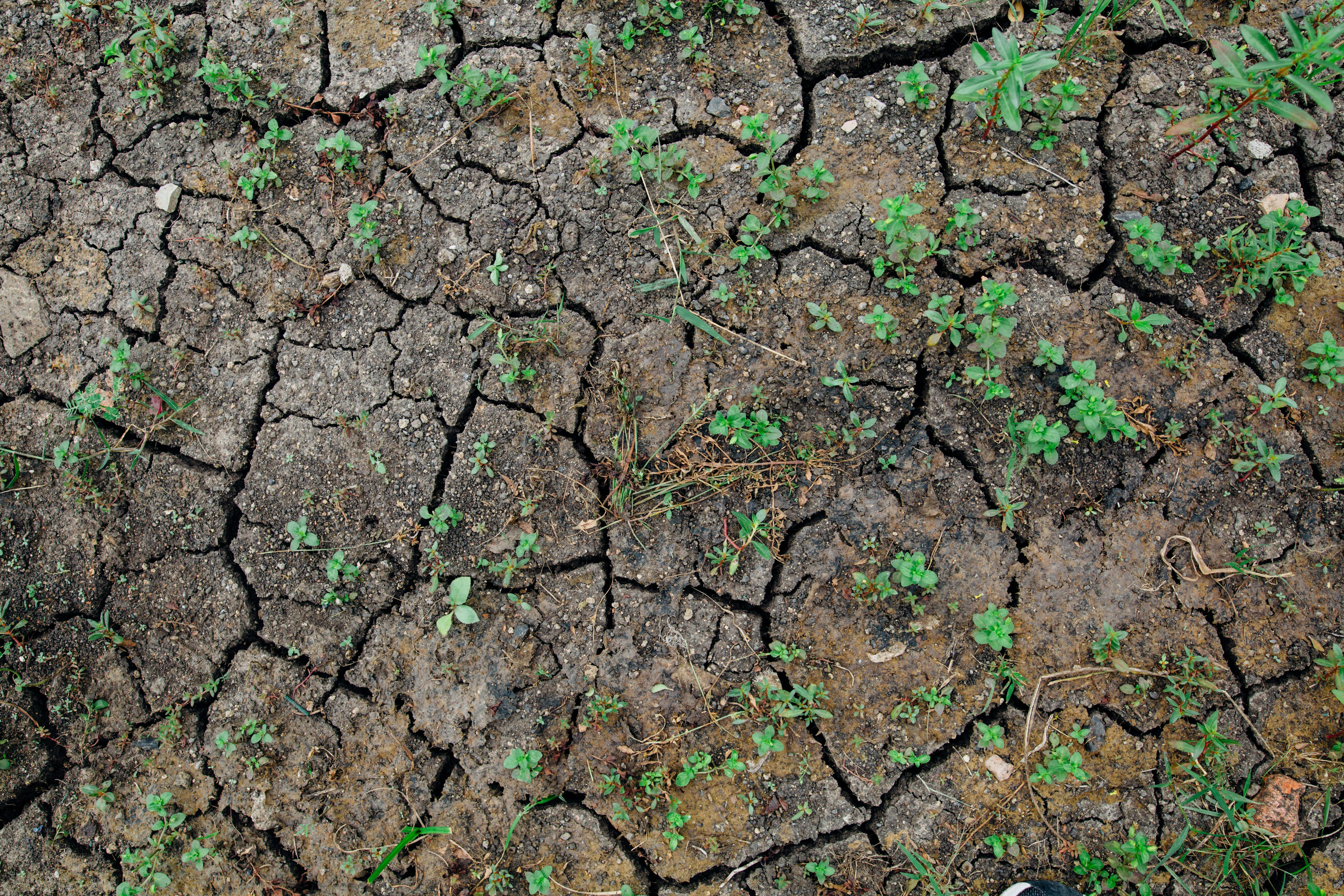
Key Steps for Buying Undeveloped Rural Property
The process of buying undeveloped rural property differs significantly from purchasing a standard residential home, requiring additional due diligence and specialised knowledge to navigate successfully. Begin by establishing a clear budget that accounts not just for purchase price but also immediate safety works, as many abandoned properties require urgent attention to secure structures or remove hazards. Understanding local council requirements for development applications, building permits, and land use becomes crucial before committing to a purchase. This systematic approach to acquisition helps avoid costly surprises and ensures you're fully informed about what you're undertaking.
Performing Essential Due Diligence
Due diligence for neglected rural land demands thorough investigation across multiple areas to protect your investment and avoid legal complications. Start with a comprehensive title search to verify ownership, checking for any encumbrances, caveats, or unpaid rates that might affect the purchase. Zoning regulations determine what you can legally do with the land. Verify whether it's zoned for rural residential, primary production, or conservation, as this impacts everything from building rights to commercial farming opportunities. Environmental searches reveal whether the property contains protected vegetation, wetlands, or contaminated areas from previous agricultural chemical use. Water rights require particular attention in Australia confirm whether water licenses transfer with the land and understand any restrictions on bore usage or dam construction. Arrange for a licensed surveyor to confirm boundaries, particularly if fencing has deteriorated, as boundary disputes with neighbours can prove costly and time-consuming to resolve.
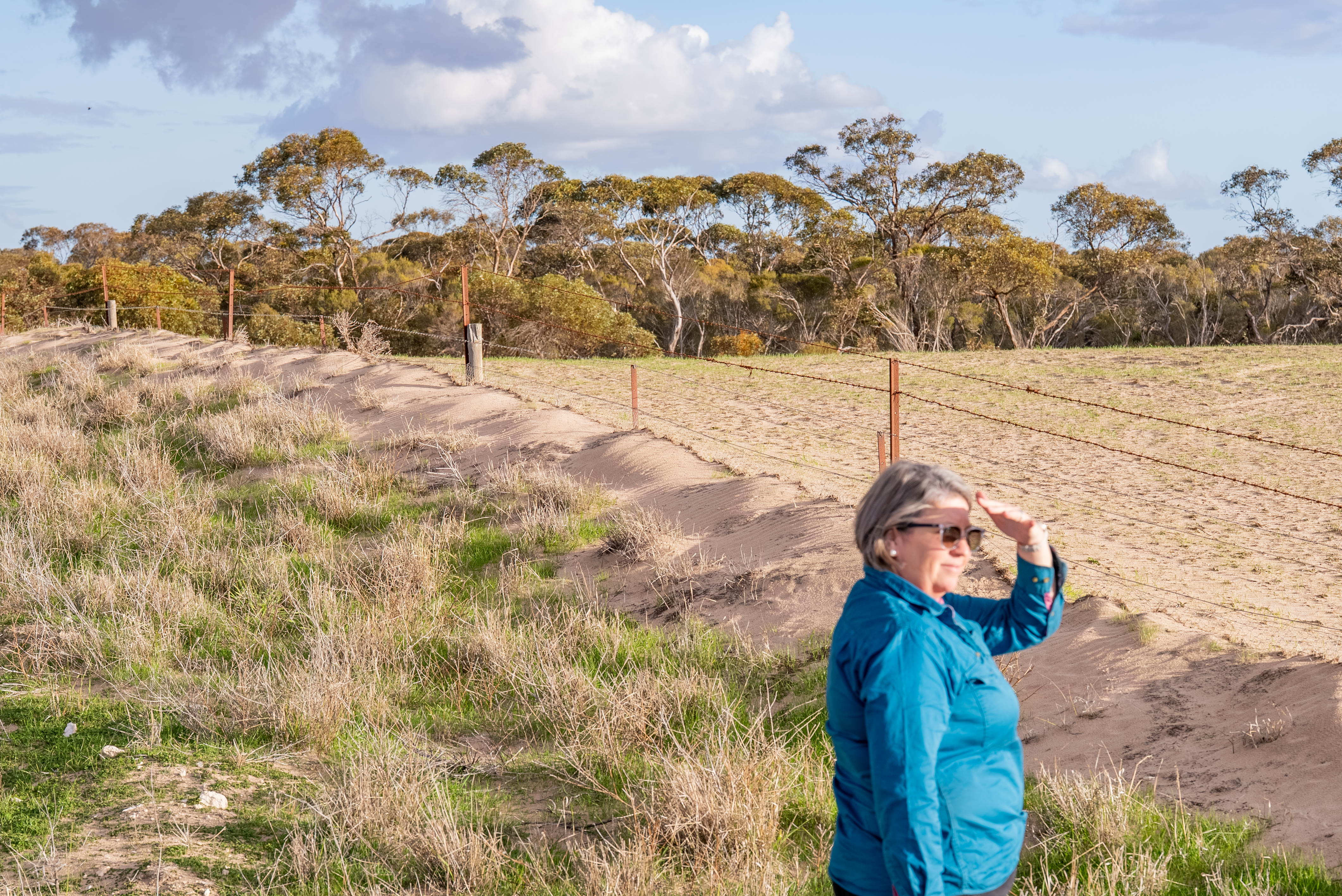
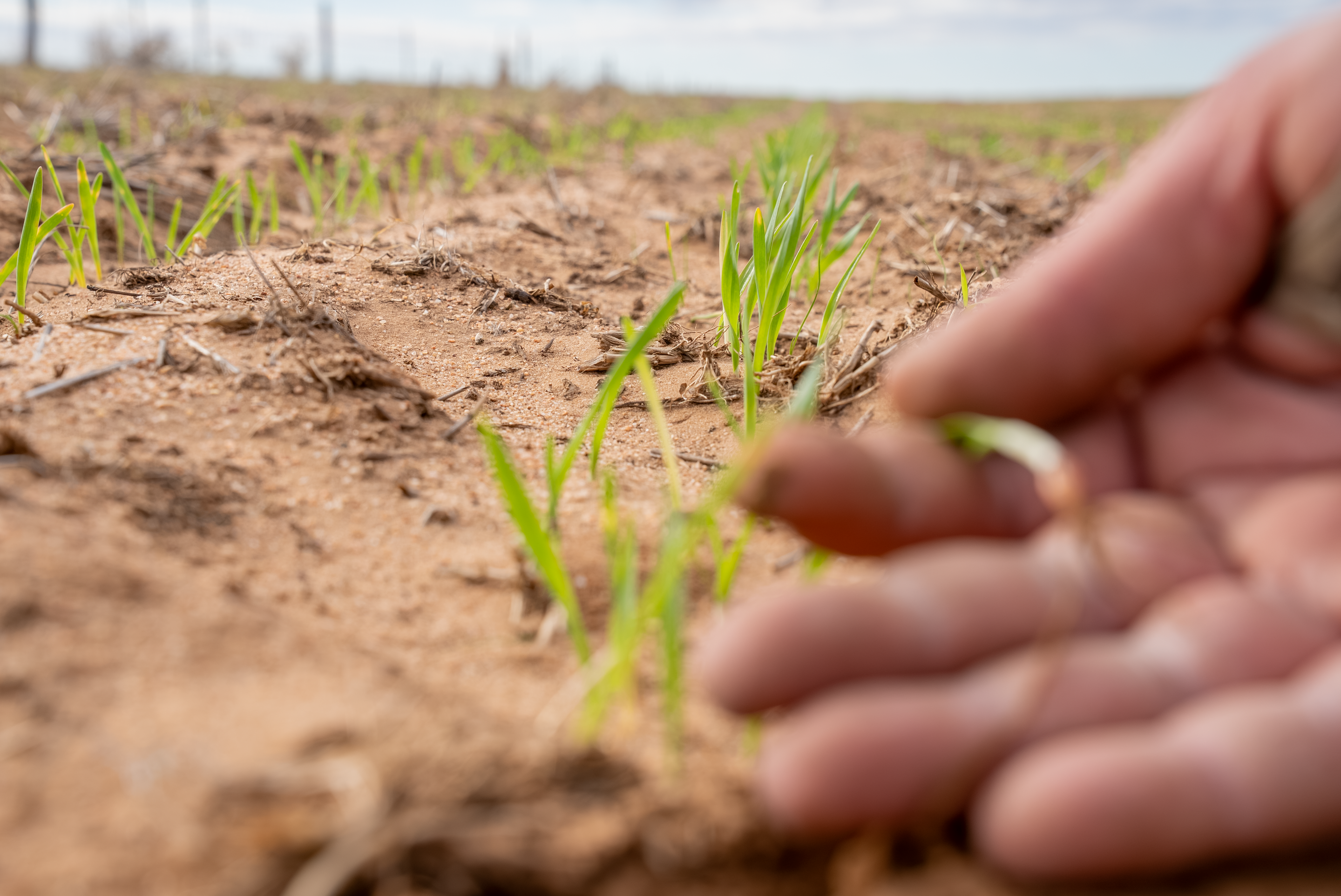
Navigating Finance and Legal Requirements
Securing finance for derelict or non-standard properties presents unique challenges, as many traditional lenders hesitate to finance properties without habitable dwellings or with significant structural issues. Construction loans or rural property specialists often provide more flexible options for these purchases. Engaging a solicitor or conveyancer experienced in rural transactions proves essential, as they understand the complexities of water rights, easements, and agricultural covenants that city-focused professionals might overlook. Legal aspects specific to purchasing neglected land include confirming access rights if the property lacks road frontage, understanding any mining or exploration licenses affecting the land, and ensuring compliance with biosecurity regulations if noxious weeds are present.
Understanding the Costs of Abandoned Farm Properties
The true cost of acquiring and rehabilitating cheap abandoned farms extends far beyond the initial purchase price, often doubling or tripling your total investment before the property becomes truly livable. Initial inspections alone can cost several thousand dollars when you factor in building inspections, pest reports, asbestos assessments, and boundary surveys. Understanding these costs upfront prevents budget blowouts and helps you assess whether a seemingly bargain property actually represents good value once all expenses are considered.
The Initial Purchase and Associated Fees
Purchase prices for unmaintained rural properties vary enormously based on location, with properties in drought-affected regions or remote areas starting from as little as $50,000 for small blocks, whilst abandoned farms closer to regional centres might still command $200,000 to $500,000 depending on land size and development potential. Beyond the purchase price, factor in stamp duty which varies by state but typically ranges from 3-5% of purchase price, legal fees averaging $2,000-$5,000 for rural conveyancing, and inspection costs including building and pest ($500-$800), asbestos testing ($300-$500), and boundary surveys ($2,000-$5,000 for larger properties). Council rates and land tax obligations begin immediately upon settlement, even if the property remains uninhabitable.
Budgeting for Renovation and Development
Renovation costs for abandoned farm properties frequently exceed initial estimates, with basic habitability works alone ranging from $50,000 for minimal repairs to well over $200,000 for comprehensive restoration. Connecting or upgrading services represents a major expense. Installing off-grid solar systems costs $15,000-$30,000, new septic systems run $10,000-$20,000, and bringing mains power to remote properties can exceed $50,000 if poles need installation. Structural repairs for a typical weatherboard farmhouse might include re-stumping ($20,000-$40,000), new roofing ($15,000-$30,000), and complete internal renovation ($50,000-$100,000). Land improvements add further costs with boundary fencing at $15-$25 per metre, dam construction or repair from $10,000-$50,000, and pasture improvement programmes costing $500-$1,000 per hectare.
Ideas for Repurposing Vacant Rural Land
The potential uses for restored abandoned farms span from traditional agricultural pursuits to innovative contemporary ventures that capitalise on growing urban interest in rural experiences. Small-scale intensive agriculture like market gardens, microgreens, or specialty mushroom cultivation can generate substantial income from relatively small areas, whilst free-range poultry or heritage breed livestock appeal to conscious consumers seeking ethically produced food. Agritourism ventures, including farm stays, wedding venues, or camping grounds, capitalise on city dwellers' desire for authentic rural experiences, particularly properties within two hours of major cities. Creative professionals increasingly seek rural studios and workshops, making converted sheds ideal for artists, woodworkers, or craftspeople who need space and solitude. Conservation-minded buyers might focus on habitat restoration, establishing wildlife corridors, or carbon sequestration projects that can access environmental grants while regenerating degraded land.
Final Thoughts on Your Rural Property Journey
Successfully acquiring and transforming abandoned farms for sale requires careful planning, realistic budgeting, and considerable patience, but the rewards of rural property ownership extend far beyond financial returns. The journey from finding that perfect neglected property to creating your rural dream demands thorough due diligence, honest assessment of renovation costs, and commitment to the long-term project ahead. Remember that every restored farm contributes to preserving Australia's agricultural heritage whilst creating new opportunities for sustainable living and land stewardship. With proper research, professional guidance, and realistic expectations, your rural property journey can transform an abandoned farm into a thriving testament to your vision and determination.
Find More Comprehensive guides by state:
- Abandoned farms for sale in New South Wales
- Abandoned Farms for Sale VIC
- Abandoned Farms for Sale QLD
How do I find abandoned farms for sale near me?
Start by setting up alerts on specialised rural property websites with location filters for your preferred regions, contact local stock and station agents who often know about properties before they're listed, and check with regional councils about properties with outstanding rates that may soon be sold.
Can you get a mortgage for a derelict property?
Traditional lenders often refuse mortgages for uninhabitable properties, but construction loans or specialised rural lenders like Rural Bank may offer finance options, particularly if you present detailed renovation plans and budget estimates.
Are there any government grants for renovating old farm houses?
While rare, some heritage restoration grants exist for historically significant properties, and regional development schemes occasionally offer assistance for projects that boost local employment or tourism. Check with your state's regional development department.
What are the biggest legal risks when buying neglected land?
Primary risks include unclear titles from deceased estates, unknown easements that limit development options, boundary disputes with neighbours, and environmental liabilities from previous chemical
use or protected vegetation clearing.
Is buying an abandoned farm a good investment?
Investment potential depends on purchase price, renovation costs, location, and intended use. Properties near growing regional centres or with tourism potential often appreciate well, whilst remote properties
may offer lifestyle benefits but limited capital growth.
What does "unworked rural land" mean?
Unworked rural land refers to agricultural property that hasn't been actively farmed or maintained for extended periods, typically showing overgrown vegetation, degraded fencing, depleted soil quality, and deteriorated water infrastructure.
How much does it cost to clear overgrown farmland?
Clearing costs vary significantly based on vegetation density and terrain, ranging from $500-$2,000 per hectare for light regrowth using machinery, to $3,000-$5,000 per hectare for heavy scrub requiring
excavators and multiple passes.
Are abandoned farms for free a real thing?
Truly free farms don't exist in Australia. Whilst some extremely cheap properties appear through tax sales or mortgagee auctions, buyers still face purchase costs, legal fees, rates, and substantial renovation expenses that quickly add up.
What kind of professional help do I need?
Essential professionals include a rural-specialist real estate agent familiar with agricultural properties, an experienced rural conveyancer or solicitor, qualified building and pest inspectors, a licensed surveyor for boundary confirmation, and potentially an agricultural consultant to assess land capability.

